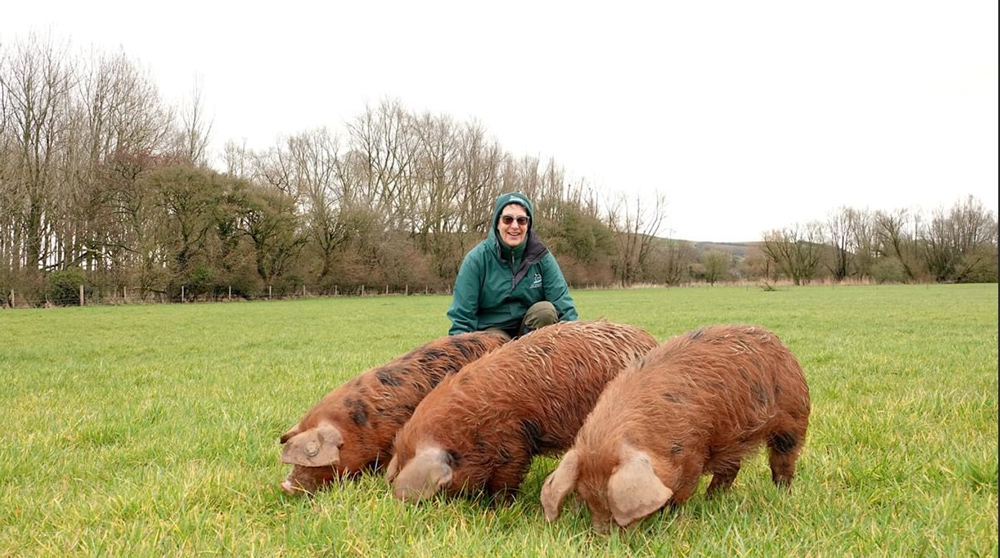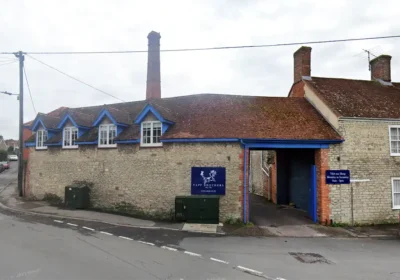Local nature reserve is overwhelmed with volunteers as it appeals for pig sitters to keep an eye on its newest recruits.
CONSERVATION comes in many forms, and in the case of three new arrivals at Bere Marsh Farm near Shillingstone, it’s coloured sandy, has blotches of black, white legs and a long snout.
Known as the Oxford sandy and black pig, a trio of females of this rare breed has taken up residence in one of the farm’s fields with a specific job to do – rootle up the ground to create small patches of bare ground for grey willow and other wild plants to establish.
The idea, suggested by renowned ecologist Derek Gow, is part of the Countryside Regeneration Trust’s (CRT) plan to create a ‘wilder’ field where tussocky grass and scattered scrub will be encouraged to develop. This will provide a large area of new habitat for insects and field voles, and plenty more food for the farm’s barn owls.
Bere Marsh Farm volunteers will be on duty every day to feed and check on the welfare of the pigs, following a request for people willing to take part in Operation Pig Watch.
“We’ve never had a response like it,” said Bere Marsh farm manager Elaine Spencer-White. “We needed five or six people as a minimum, but within 24 hours we had 14 pig-sitters, with two in reserve.”
The volunteers will monitor the pigs’ daily welfare, as well as feed them, but it is important there is no set routine to feeding time, other than they will be fed between 8am and noon. Nor will their food be served neatly in a trough, instead it will be scattered on the field to encourage their rootling activities.
Since pig-promoted conservation hasn’t been utilised at Bere Marsh Farm before, there is something of the unknown about what plants will start to establish themselves in the patches the pigs create, but CRT hopes to see results reasonably quickly.
“We’ll be taking a photo from the same spot overlooking the field so we can keep a detailed record of exactly how, with the pigs’ assistance, habitats develop over future years,” added Elaine.
The CRT has 2,000 acres of land across 19 properties in England and aims to regenerate and protect the countryside and its wildlife.









Leave a Reply